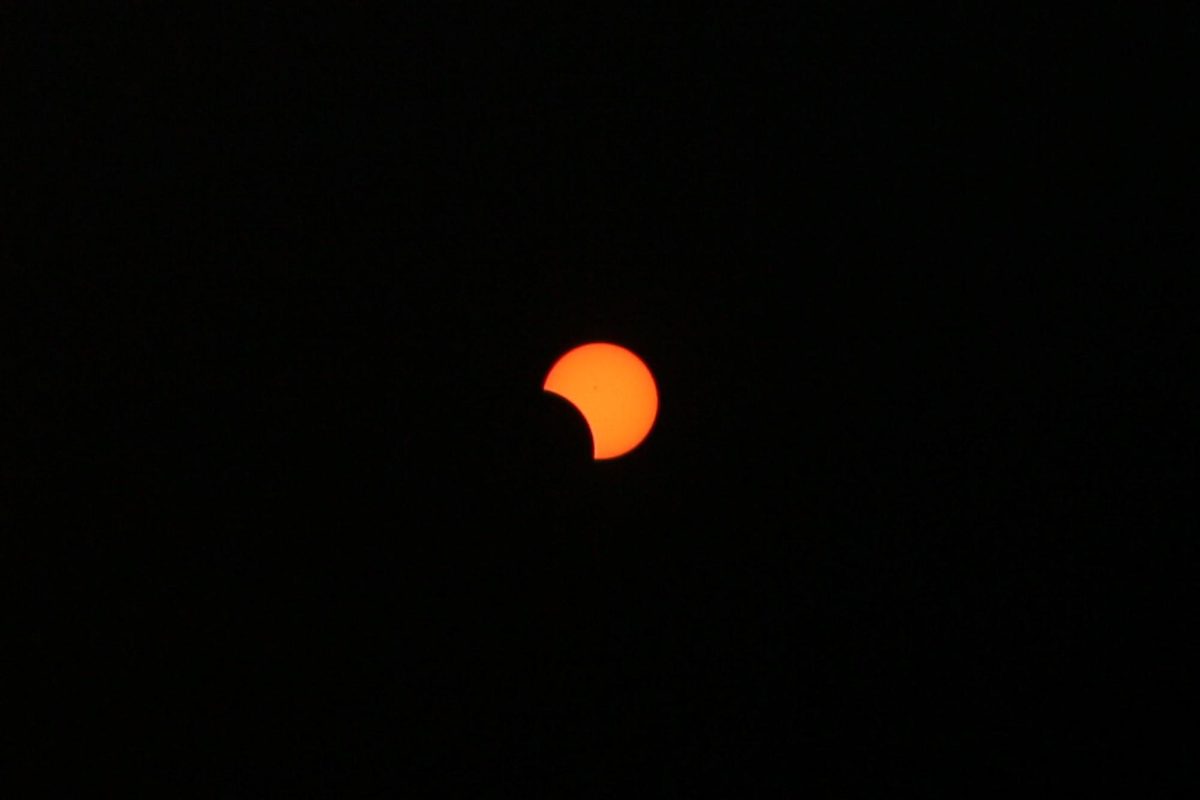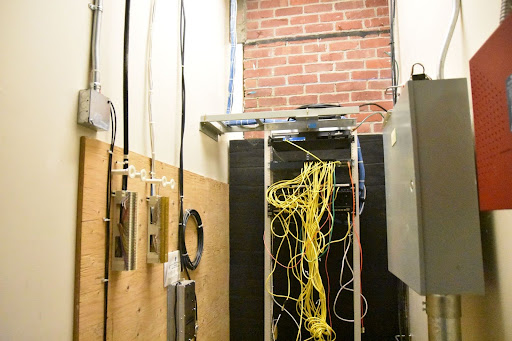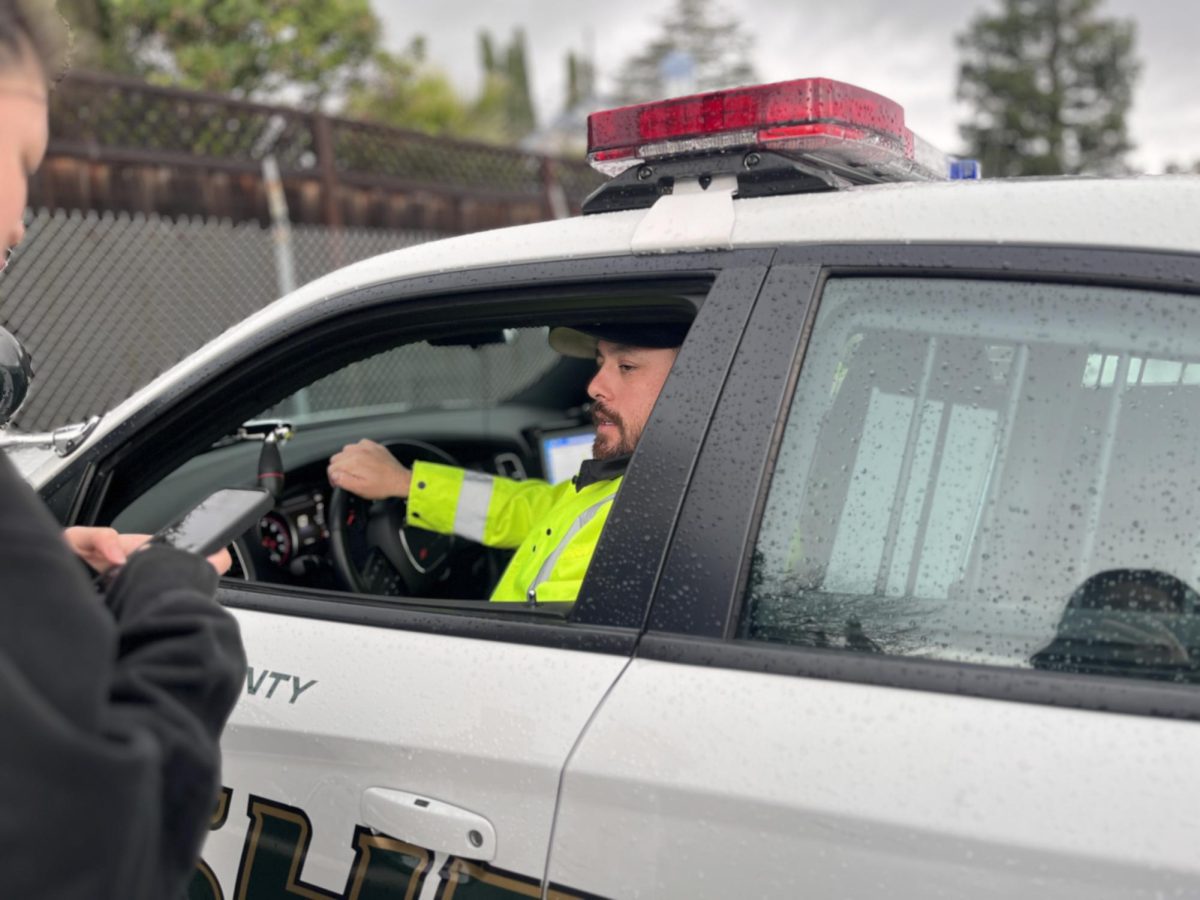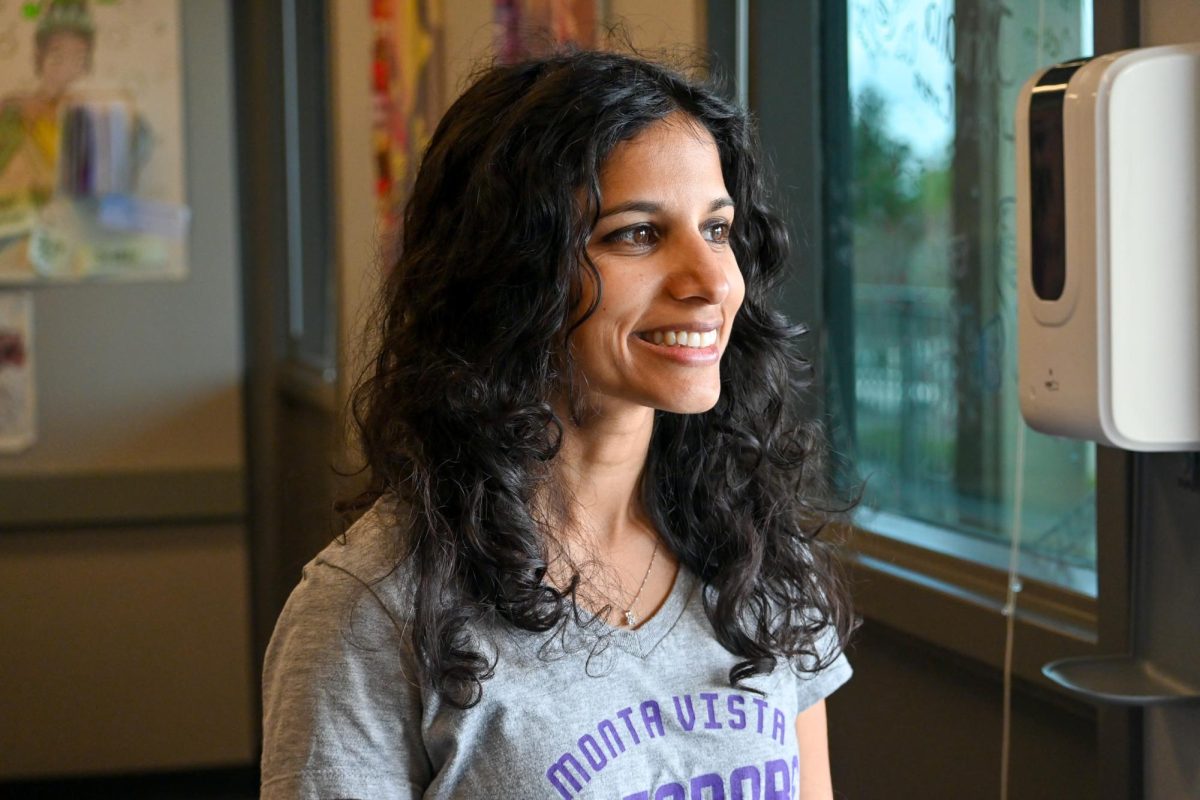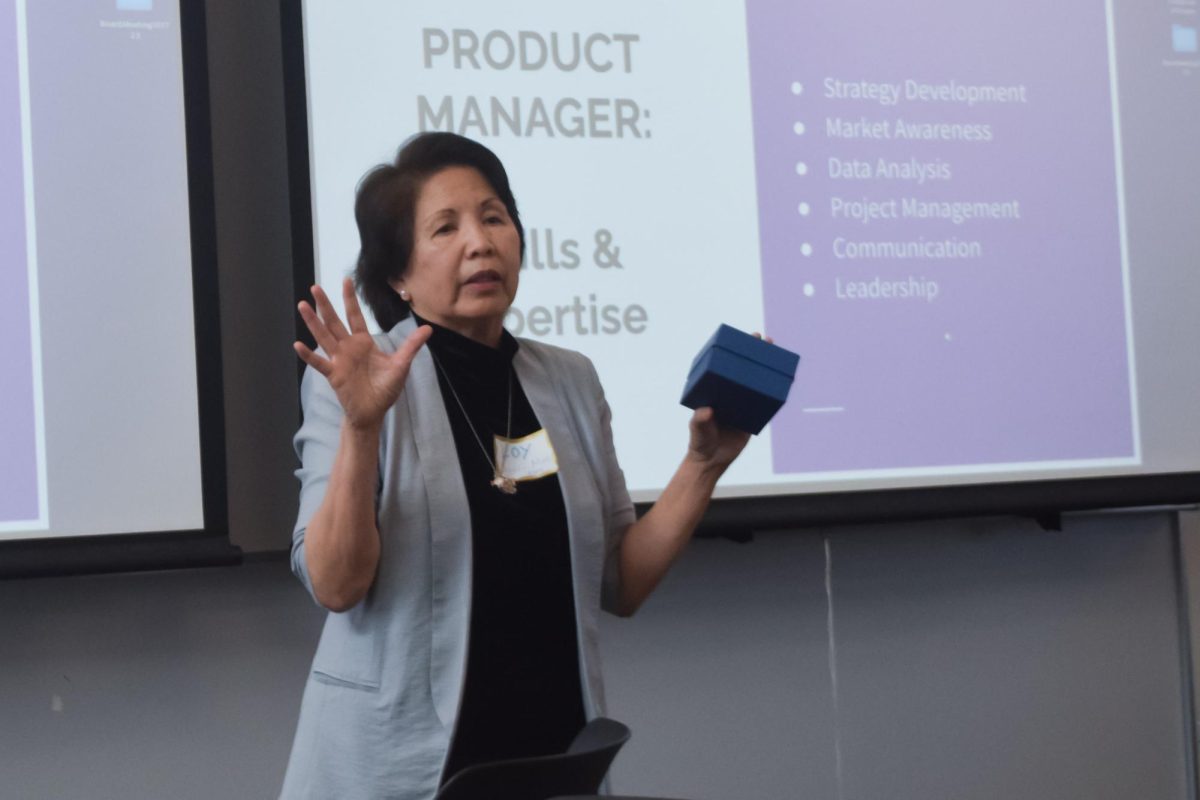To many students, this is a new and unknown model of teaching. It reverses what is defined as traditional class and modifies it to better facilitate the learning of expected curriculum.
“We are natural experimenters,” Andrew Goldenkranz, science department head said when asked about recent changes in science curriculum standards.
Chemistry, physiology, physics and biology teachers work in course teams to decide on the most efficient way to design a lesson, a test, or an experiment. Much of what they decide follows the new “tiered approach” to teaching; with this particular system they look for modified content in AP exams and go backwards. Rather than emphasizing note-taking in class, teachers from the chemistry and biology departments encourage students to prepare beforehand so that they can pay full attention in class.
“If I have questions during class, then I can ask during class rather than waiting for the next day,” said junior Shiv Nair, current AP Chemistry student.
While many students agree that this teaching method can be effective, other students think that in terms of difficulty or new concepts, learning beforehand can be confusing.
Because some teachers rally for independent study, they expect students to come into class already clear on some concepts, but as this is a relatively recent step in education, there are some new challenges.
According to Goldenkranz, teachers are constantly assessing what the goal of each lesson is and at what level they expect proficiency in a topic. For example, the biology department is focusing on expected math proficiency, whether the threshold is algebra, geometry or precalculus.
“We have to be broad enough to be successful with all those students but still have some core expectations about what we’re trying to accomplish,” Goldenkranz said, “A simple example is: ‘where’s the right place we have to just nail scientific notation?’”
A limit on a topic can often help students determine how much they need to thoroughly understand before it is discussed in class or tested on. The flip teaching approach does that by allowing students to know what is expected and what is additional information. Consequently, students have to do a lot of homework in addition to assignments from teachers who don’t use the tiered approach to teaching.
As 50 percent of the score of all three AP exams comes from writing and explanations, Birdsong and other physics teachers modify their questions to foster explanation and understanding based on prior knowledge.
Birdsong describes his class as a place where students are told what to be relatively familiar with before coming to class so that during the period, they can clarify any doubts and work with classmates to figure out a concept.
In a survey of 46 students about tiered-method teachers, 34 students stated that their chemistry and physics classes emphasized learning at home. According to other students, the biology department is also beginning to use the same technique.
Even if students have differing opinions about whether they like pre-preparation or not, many believe that when learning new or difficult content, it is not beneficial to learn at home whereas if the topic is less demanding, flip teaching is more preferable and effective.
Flip teaching accounts for personalized learning for each student but it does not define how it also encourages active class participation and a larger sense of inclusion. Because many students work at home, they can collaborate much more in class and in doing so foster a sense of community and mutual understanding of each other.
“The school and the district are on this larger campaign about reaching all students […] more to the point of reaching all students and not most students.” Mr. Goldenkranz said.
















